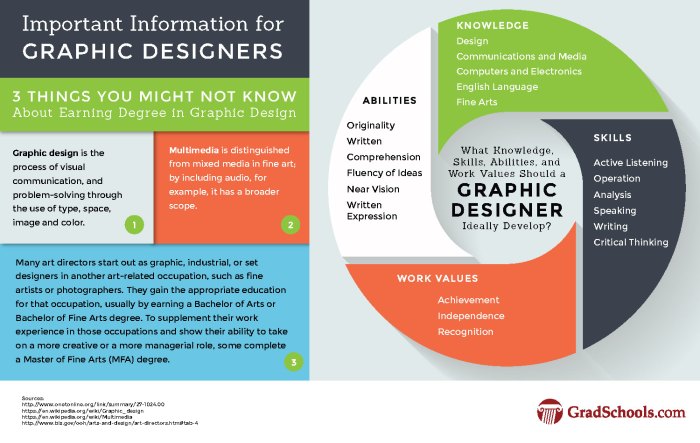Program Structure and Coursework

Master’s programs in graphic design typically follow a structured curriculum that combines theoretical foundations with practical applications. The duration of the program can vary depending on the institution and the specific program, but most require the completion of 30-60 credit hours.
The core coursework in graphic design master’s programs provides a comprehensive understanding of design principles, methodologies, and techniques. Students typically take courses in areas such as:
- Design Theory and History
- Typography
- Visual Communication
- Motion Graphics
- Web Design
li>User Experience Design
These courses cover a wide range of topics, including the history of design, design principles, color theory, typography, and digital design tools.
In addition to core coursework, master’s programs often offer elective courses that allow students to specialize in specific areas of graphic design. These electives may include topics such as:
- Branding and Identity Design
- Package Design
- Environmental Graphics
- Data Visualization
- Interactive Design
The balance between theoretical and practical components varies depending on the program. Some programs emphasize theoretical knowledge, while others focus on practical skills. However, most programs strive to provide a balance between the two, ensuring that students have a strong foundation in design principles and the practical skills necessary to succeed in the field.
Specializations and Research
Master’s programs in graphic design offer specializations to cater to students’ specific interests and career goals. These specializations delve deeper into advanced concepts and techniques, enhancing students’ skills and broadening their career prospects.
Specializations
- User Experience (UX) Design: Focuses on designing digital interfaces that provide seamless and enjoyable user experiences. Students learn about human-computer interaction, usability testing, and prototyping.
- Motion Graphics: Explores the creation of animated graphics for various media, including video, websites, and social media. Students develop skills in animation, compositing, and sound design.
- Typography: Involves the study and application of typography principles to create visually appealing and effective communication. Students learn about font selection, type hierarchy, and typographic design.
- Interactive Design: Emphasizes the design of interactive experiences for digital platforms. Students learn about web design, app development, and user interaction.
- Branding and Identity: Focuses on developing and managing brand identities for businesses and organizations. Students learn about logo design, brand strategy, and brand management.
Research and Thesis
Many master’s programs in graphic design include opportunities for research and thesis work. This allows students to explore their interests in depth and contribute to the field of graphic design.
- Research: Students can conduct research on various topics related to graphic design, such as design theory, user experience, or typography. This research can lead to conference presentations, publications, or even patents.
- Thesis: A thesis is a major research project that demonstrates a student’s understanding of a particular area of graphic design. It involves original research, analysis, and design work.
Faculty and Resources
These programs boast a faculty of renowned designers and educators with extensive industry experience and academic credentials. Their expertise spans various design disciplines, ensuring students receive a well-rounded education.





